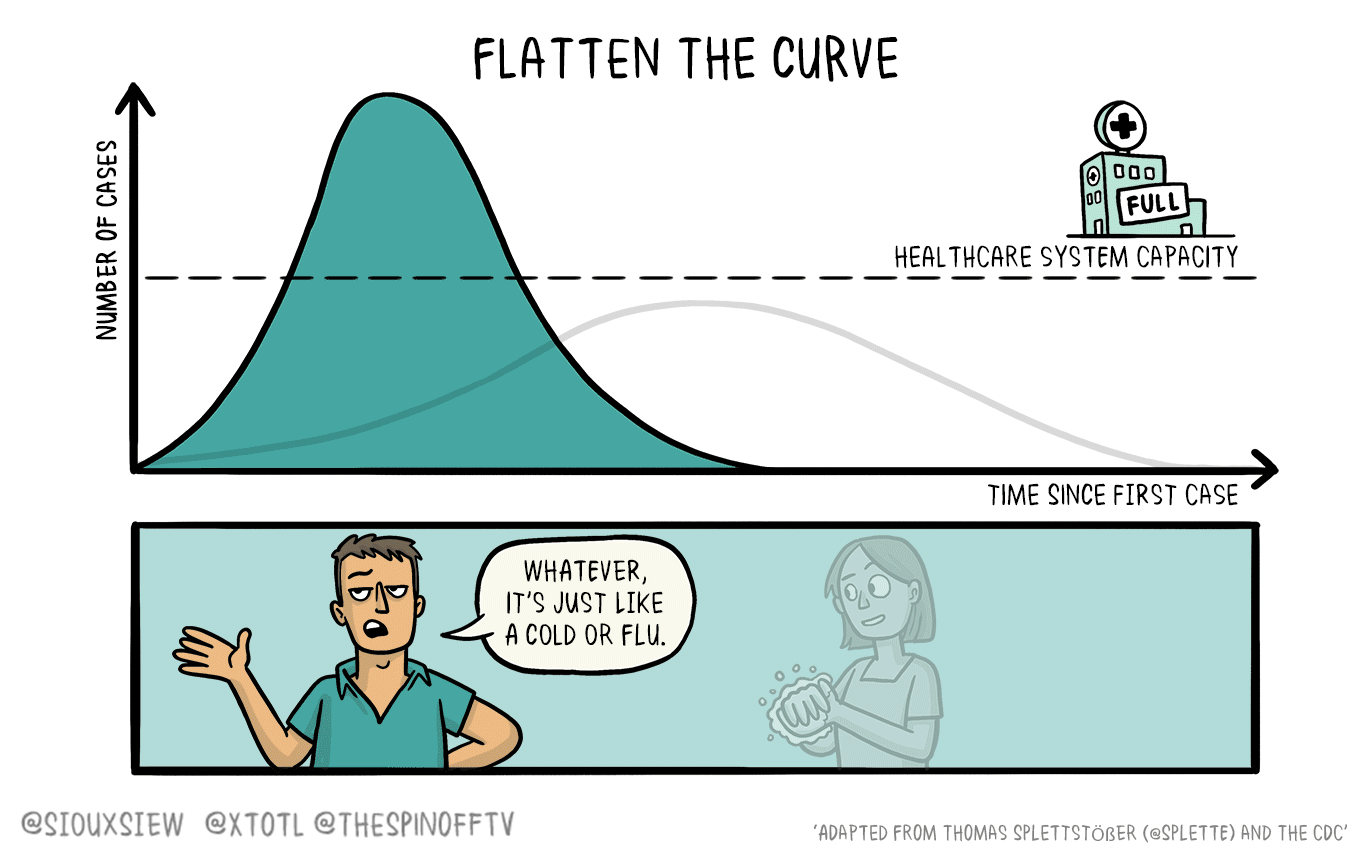On January 23, 2020, Illinois reported the state's first laboratory-confirmed case (index case) of severe acute respiratory syndrome coronavirus 2 (SARS-CoV-2), which causes COVID-19, in a woman in her 60s who had returned from Wuhan, China in mid-January. Subsequently, the first evidence of secondary transmission in the USA was reported on January 30, when her husband, who had not traveled outside the USA but who does suffer from chronic obstructive pulmonary disease (COPD) and chronic cough, had frequent, close contact with his wife since her return and while she was symptomatic, tested positive for SARS-CoV-2.
The good news is that testing of 372 contacts of both people, including all those who developed fever, cough, or shortness of breath, as well as a sample of asymptomatic healthcare professionals who had come into contact with the patients, found no no further transmission.
A new paper describes the clinical and laboratory features of both patients and the assessment and monitoring of several hundred individuals with potential exposure to SARS-CoV-2.
How can you help? Flatten the curve. Credit: The Spinoff, illustration by Toby Morris.
In total, 372 individuals were identified as potential contacts--347 of these people were actively monitored after confirmation of exposure to the woman or her husband on or after the day of symptom onset (including 152 community contacts and 195 healthcare professionals). There were 25 people that had insufficient contact information to complete active monitoring. A convenience sample of 32 asymptomatic healthcare personnel contacts were also tested.
These 347 contacts underwent active symptom monitoring for 14 days following their last exposure. Of these, 43 contacts who developed fever, cough, or shortness of breath were isolated and tested for SARS-CoV-2, as well as asymptomatic healthcare professionals. All 75 individuals tested negative for SARS-CoV-2.
On December 25, 2019, the female patient traveled to Wuhan where she visited a hospitalized relative and other family members with respiratory illness. On her return to the USA on January 13, 2020, she experienced six days of mild fever, fatigue, and cough before being hospitalized with pneumonia and testing positive for SARS-CoV-2.
Eight days after his wife was admitted to hospital, the husband with chronic obstructive pulmonary disease (COPD) and chronic cough was also hospitalized with worsening shortness of breath and coughing up blood, and also tested positive for SARS-CoV-2.
Both patients recovered and were discharged to home isolation, which was lifted 33 days after the woman returned from Wuhan, following two negative tests for SARS-CoV-2 taken 24 hours apart.
Co-lead author of the paper Dr Tristan McPherson from the Chicago Department of Public Health said, "Current CDC recommendations for individuals with high-risk exposures to remain quarantined with no public activities might be effective in reducing onward person-to-person transmission of SARS-CoV-2."





Comments